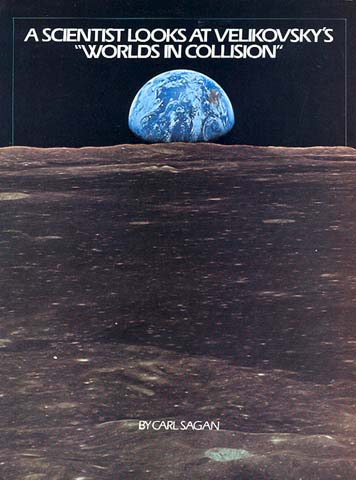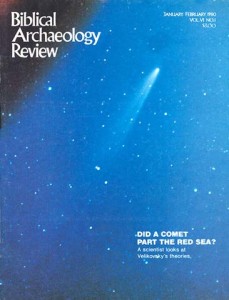A Scientist Looks at Velikovsky’s “Worlds in Collision”
Did a near-collision of a comet with earth cause manna to fall in the Sinai and the sun to stand still over Gibeon?

In the spring of 1940 Immanuel Velikovsky’s study of the Biblical accounts of the Exodus led him to conclude that a great physical catastrophe had befallen the earth at the time of Moses. He soon located references to what he believed to be the same event in historical texts, epics, myths, and folklore of a number of ancient peoples. Since conventional scientific theory made no allowance for cataclysms in historical times, Velikovsky began revising astronomy and geology as well as ancient history. The results of his labors were Worlds in Collision (1950) dealing primarily with his theories of cosmic collisions within the solar system during historical times, and Ages in Chaos (1952) which presented his revised synchronisms for ancient history from the fifteenth through the seventh centuries B.C. Later, Velikovsky gave his geological theories more detailed treatment in Earth in Upheaval (1955), and continued his historical revisions in Oedipus and Akhnaton (1960) and Peoples of the Sea (1977).
Already a library member? Log in here.
Institution user? Log in with your IP address.

